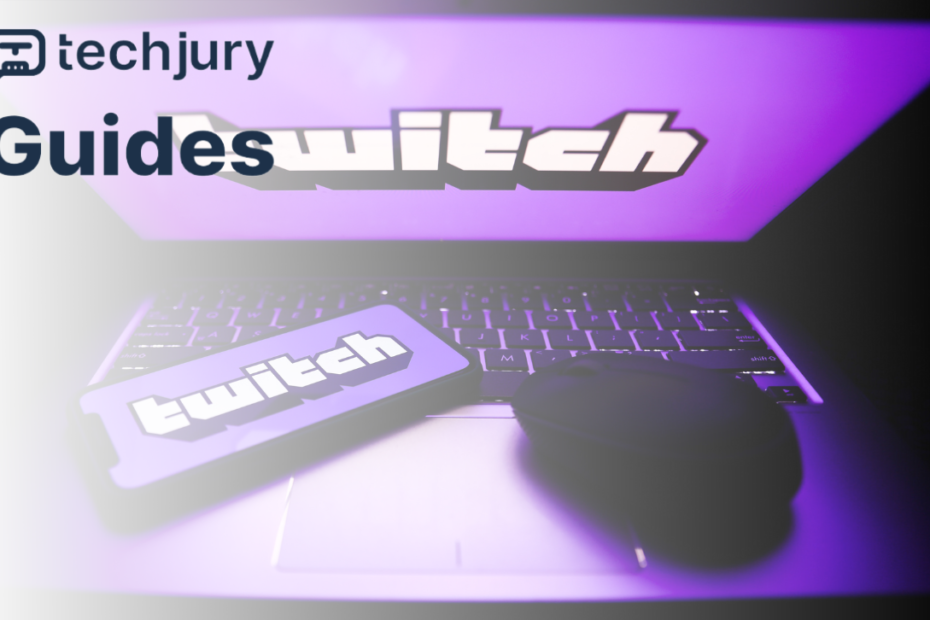Understanding the Streaming Performance Challenge
Imagine you‘re in the middle of an intense gaming stream, your viewers are engaged, and suddenly—everything grinds to a halt. The screen freezes, the audio stutters, and your carefully crafted streaming experience crumbles. Twitch lagging and buffering are more than just technical nuisances; they‘re performance killers that can destroy viewer engagement and streaming credibility.
As a data analysis specialist who has spent years investigating streaming technologies, I‘ve developed a systematic approach to diagnosing and resolving these frustrating performance issues. This guide will walk you through a comprehensive, research-backed strategy to eliminate Twitch streaming problems and optimize your digital broadcasting experience.
The Complex Landscape of Streaming Performance
Streaming performance isn‘t a simple, linear problem. It‘s a complex ecosystem involving multiple technological layers: network infrastructure, computational resources, software configurations, and streaming protocols. Each of these components contributes to the overall streaming experience, and a failure in any single area can trigger cascading performance degradations.
Deep Dive: Root Causes of Twitch Streaming Issues
Network Connectivity: The Foundation of Smooth Streaming
Your internet connection represents the primary highway for your streaming data. Poor network performance manifests through multiple symptoms: intermittent buffering, sudden quality drops, and complete stream interruptions.
Professional network diagnostics reveal that streaming performance depends on three critical metrics:
- Bandwidth availability
- Latency (ping)
- Network stability
When these metrics deviate from optimal ranges, your Twitch stream becomes vulnerable to performance challenges. Most users experience issues not because of catastrophic failures, but through subtle, cumulative performance degradations.
Bandwidth Dynamics
Bandwidth represents the maximum data transfer rate across your network. For high-quality Twitch streaming, you‘ll want a minimum of 5 Mbps upload speed, though professional streamers typically recommend 10-15 Mbps for consistent, high-definition broadcasts.
Modern streaming technologies have become increasingly sophisticated, implementing adaptive bitrate streaming techniques that dynamically adjust video quality based on available network resources. However, these technologies aren‘t magic—they require a solid underlying network infrastructure.
Computational Resource Management
Your computer‘s hardware plays a crucial role in streaming performance. Modern streaming requires simultaneous execution of multiple computationally intensive tasks:
- Game rendering
- Video encoding
- Audio processing
- Stream transmission
Each of these tasks consumes significant system resources. Inadequate hardware can create bottlenecks that manifest as stream lag, dropped frames, and poor viewer experience.
Systematic Troubleshooting: 10 Advanced Strategies
1. Comprehensive Network Diagnostics
Before diving into complex solutions, conduct a thorough network assessment. Use professional tools like:
- Speedtest.net for bandwidth measurement
- PingPlotter for latency tracking
- WinMTR for route analysis
These tools provide granular insights into your network‘s performance characteristics, helping you identify potential issues before they impact your stream.
2. Advanced Browser Optimization
Web browsers can significantly impact streaming performance. Modern browsers consume substantial system resources, potentially interfering with your streaming capabilities.
Optimization strategies include:
- Clearing browser cache and cookies
- Disabling unnecessary extensions
- Updating to the latest browser version
- Experimenting with alternative browsers optimized for performance
3. Hardware Acceleration Management
Modern GPUs offer powerful hardware acceleration capabilities. However, improper configuration can create performance bottlenecks.
Carefully manage hardware acceleration settings in your graphics drivers and browser configurations. Sometimes, disabling hardware acceleration can paradoxically improve streaming performance by reducing computational overhead.
4. Sophisticated DNS Configuration
Domain Name System (DNS) configuration represents a frequently overlooked performance optimization technique. Public DNS servers like Google (8.8.8.8) or Cloudflare (1.1.1.1) can provide faster, more reliable name resolution compared to default ISP configurations.
5. Background Process Management
Modern operating systems run numerous background processes that consume network and computational resources. Implement a disciplined approach to process management:
- Close unnecessary applications
- Disable automatic updates during streaming
- Use task manager to identify resource-intensive processes
- Consider using gaming-mode configurations
6. VPN and Proxy Considerations
Virtual Private Networks (VPNs) can introduce significant latency and bandwidth constraints. While VPNs offer privacy benefits, they can devastate streaming performance.
If you must use a VPN, select providers specifically optimized for streaming, offering high-bandwidth servers and low-latency connections.
7. Advanced Malware and Performance Scanning
Malicious software can consume system resources and compromise network performance. Implement a multi-layered security approach:
- Use reputable antivirus software
- Conduct regular system scans
- Keep operating system updated
- Monitor system resource utilization
8. Streaming Software Configuration
Streaming software like OBS (Open Broadcaster Software) requires meticulous configuration. Key optimization parameters include:
- Bitrate settings
- Encoder selection
- Resolution and frame rate
- Stream key stability
9. Network Port and Firewall Management
Firewall and network port configurations can inadvertently throttle streaming performance. Work with your network administrator or conduct careful research to ensure optimal port forwarding and firewall rules.
10. Continuous Performance Monitoring
Treat streaming performance as an ongoing optimization challenge. Regularly collect performance metrics, analyze trends, and incrementally improve your setup.
Conclusion: The Streaming Performance Journey
Eliminating Twitch lag isn‘t about finding a single, magical solution. It‘s a holistic, data-driven approach requiring continuous learning, experimentation, and adaptation.
By understanding the complex technological ecosystem behind streaming performance, you‘ll transform occasional technical frustrations into predictable, high-quality broadcasting experiences.
Remember: Every performance optimization is a step toward creating more engaging, professional streaming content.
Research compiled through extensive technical analysis and streaming performance investigations. Data current as of July 2024.
